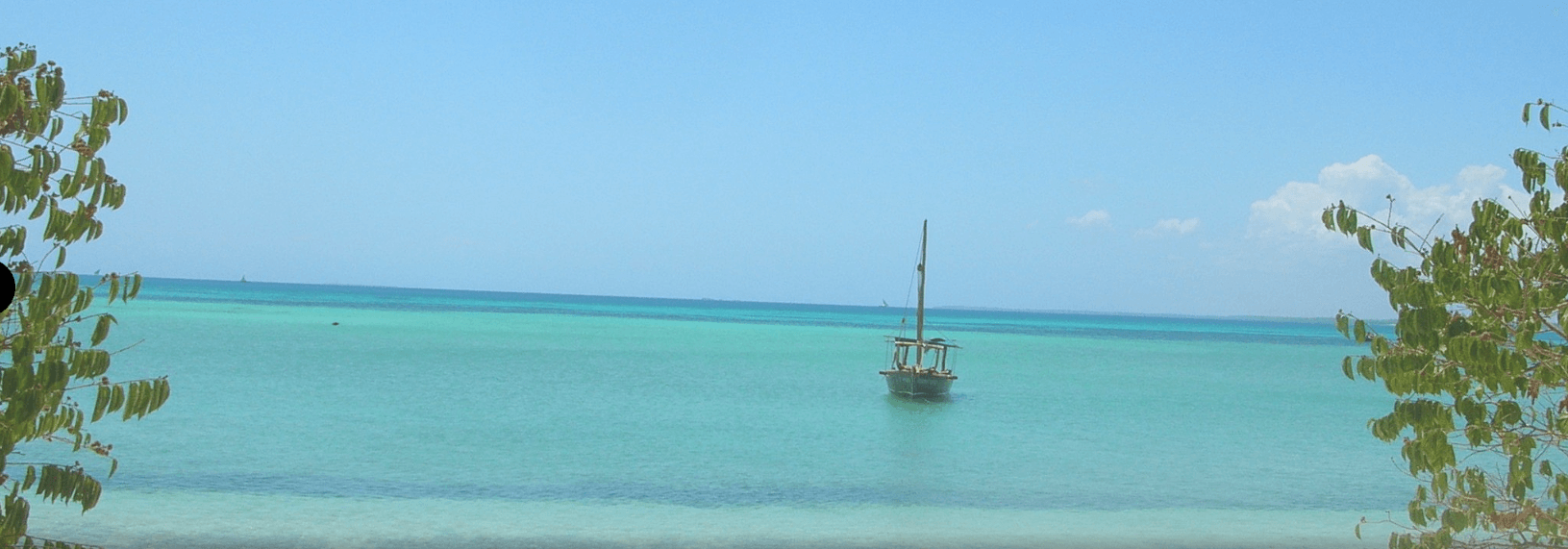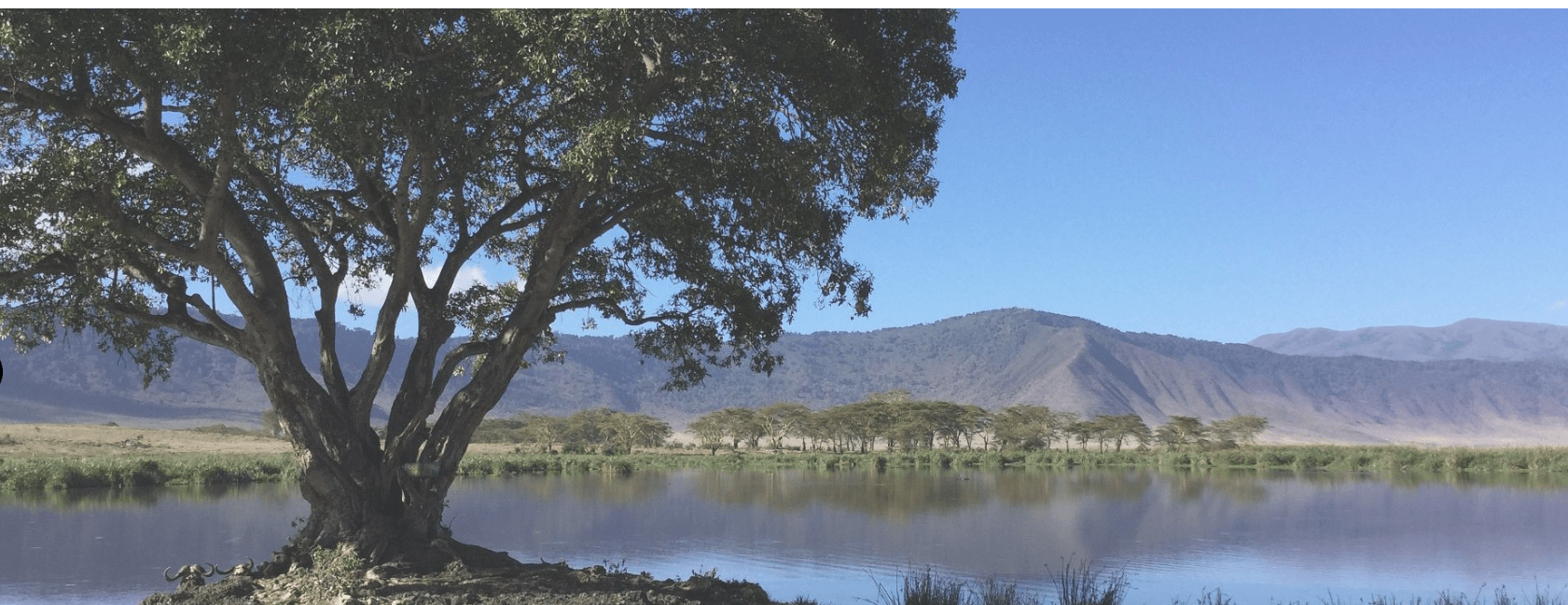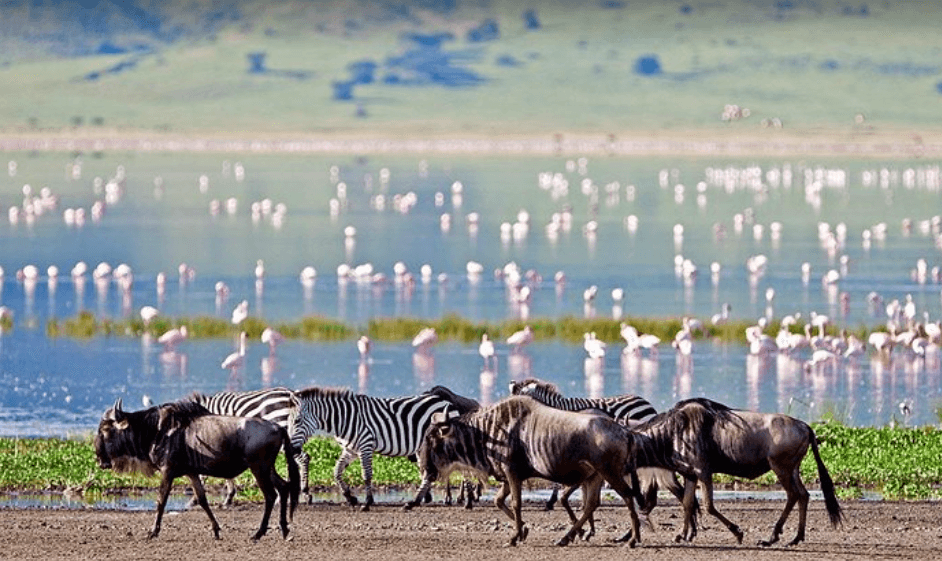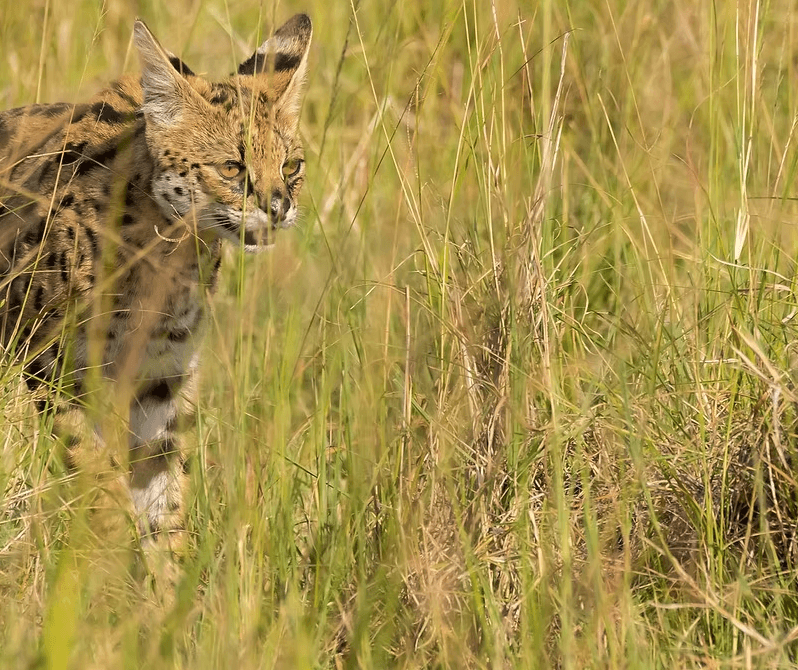Gorilla Trekking for First-Timers
Gorilla Trekking for First-Timers: What You Need to Know Before You Go
Gorilla trekking for first-timers, is one of the most thrilling wildlife experiences on Earth. For first-timers, it can be both exciting and intimidating. Whether you’re drawn to Uganda’s Bwindi Forest, Rwanda’s Volcanoes National Park, or Congo’s Virunga, one thing is certain—meeting endangered mountain gorillas face to face is life-changing.
This guide breaks the fear barrier, equips you with everything you need to know, and helps you prepare confidently for your first gorilla trekking adventure.
Why Gorilla Trekking Should Be on Your Bucket List
A Rare Wildlife Encounter
Mountain gorillas can only be found in three countries: Uganda, Rwanda, and the Democratic Republic of Congo. With just over 1,000 left in the wild, the opportunity to see them in their natural habitat is rare and precious.
Conservation in Action
Each permit supports ranger salaries, anti-poaching efforts, and community development. So, your visit directly contributes to gorilla survival and local livelihoods.
Breaking the Fear Barrier: Common Worries First-Timers Have
It’s natural to have concerns before your first trek. Let’s address them head-on.
1. “What if I can’t keep up?”
Don’t worry. Treks are adjusted based on fitness levels. Some gorilla families are closer to the trailhead. Guides always match groups accordingly.
2. “Are gorillas dangerous?”
Mountain gorillas are peaceful. They are habituated, which means they’re used to human presence. Your guide will ensure you keep a respectful distance and behave calmly.
3. “Is it safe to travel there?”
Yes. Uganda and Rwanda are both safe and politically stable. The parks are heavily patrolled, and every trek includes experienced rangers and armed escorts.
Where to Go: Choosing the Right Destination
Uganda – Affordable and Immersive
-
Two parks: Bwindi Impenetrable Forest and Mgahinga Gorilla National Park
-
Permit: $800
-
More families = more availability
-
Option to join a Gorilla Habituation Experience (4 hours with gorillas)
Rwanda – Easy Access and Short Hikes
-
Volcanoes National Park
-
Permit: $1,500
-
Shorter drive from Kigali airport
-
Less strenuous terrain, ideal for those with limited time
Congo – Wild and Remote
-
Virunga National Park
-
Permit: $450
-
Perfect for off-the-beaten-track adventurers
-
Currently closed at times due to safety issues
What You Need to Know Before You Go
Booking in Advance Is Essential
Only 8 people can visit each gorilla family per day. Permits sell out fast, especially in high season. Book 3–6 months in advance.
Age Limit Applies
Only visitors aged 15 years and above are allowed to trek. This ensures safety and helps reduce the spread of human diseases to gorillas.
Permit Includes a Guide
Your trekking fee covers an experienced park guide and sometimes porters. Tipping is customary but not mandatory.
What to Expect on Trekking Day
-
Early Start: Report to the park office around 7:00 AM for briefing.
-
Group Allocation: You’ll be placed in a group based on age, fitness, and preference.
-
The Trek Begins: Walks can last from 30 minutes to 6 hours.
-
Gorilla Encounter: You get one full hour with the gorillas once found.
-
Return and Certificates: After the trek, you’ll receive a certificate of completion.
Fitness Prep: How to Get Ready for Your Trek
You don’t need to be a marathon runner, but a basic level of fitness is important. The terrain can be steep, muddy, and slippery.
Easy Pre-Trek Workouts:
-
Daily 30-minute walks with gradual inclines
-
Light hiking with a backpack to build endurance
-
Stretching and mobility routines to avoid injury
Talk to Your Doctor:
If you have heart or respiratory issues, consult your doctor in advance. Also, update your vaccinations (Yellow Fever is required in some countries).
What to Pack: Essential Gear for First-Time Gorilla Trekkers
Clothing:
-
Long-sleeved shirts and trousers: Protects against scratches and insects
-
Waterproof hiking boots: Vital for slippery trails
-
Rain jacket or poncho: The forest is wet even during dry seasons
-
Gardening gloves: Helps grip thorny plants or branches
-
Hat and sunglasses: For sun protection before and after the trek
Essentials:
-
Backpack with water bladder or bottle (at least 2 litres)
-
High-energy snacks: Protein bars, dried fruit
-
Bug repellent: To avoid mosquito bites
-
Camera: Without flash!
-
Walking stick: Often provided, but you can bring your own
Rules to Follow: Gorilla Trekking for First-Timers Etiquette and Safety Tips
During the Trek:
-
Stay 7 metres away from gorillas at all times
-
Keep your voice low and movements slow
-
Do not eat, drink, or smoke near gorillas
-
Flash photography is strictly prohibited
-
Do not run if a gorilla comes close—stand still or slowly step back
Health Precautions:
-
You cannot trek if you’re sick—even with a cold
-
Wear a face mask if advised
-
Sanitise your hands before entering the forest
Tips for a Comfortable and Memorable Trek
Hire a Porter
Even if you’re fit, a porter can carry your bag and offer a hand on tricky sections. This also supports the local economy.
Stay the Night Before Near the Park
Arriving early reduces travel stress. Choose accommodation near the trailhead for a smoother morning.
Be Patient
Gorillas move constantly. Sometimes you find them fast; other times, you hike longer. The wait is always worth it.
Best Time for Gorilla Trekking for First-Timers to Go Trekking
Dry Seasons (Best Time):
-
June to September
-
December to February
Trails are easier to walk, and visibility is better.
Wet Seasons (Shoulder Period):
-
March to May
-
October to November
Fewer tourists, lush scenery, but more mud! Great for photographers.
After the Trek: What’s Next?
Many travellers combine gorilla trekking with other wildlife experiences. Here are a few ideas:
-
Uganda: Chimpanzee tracking in Kibale, game drives in Queen Elizabeth, or boat cruises in Murchison Falls
-
Rwanda: Golden monkey trekking, Lake Kivu relaxation, or Kigali city tour
-
Congo: Nyiragongo Volcano hike (if open)
Take the Leap—You’ll Never Regret It
Gorilla trekking is more than a tourist activity. It’s a transformational encounter with one of Earth’s most intelligent and endangered species. For first-timers, the unknown may feel intimidating. But with the right preparation, knowledge, and mindset, you’ll be ready to embrace the moment.
From your first step into the rainforest to your last glimpse of a silverback’s soulful eyes, this journey will stay with you forever.





